Exhibition | Black Newporters, 17th–19th Centuries

Opening this month at the Newport Historical Society:
A Name, A Voice, A Life: The Black Newporters of the 17th–19th Centuries
Newport Historical Society, 29 May — 29 November 2024
Curated by Zoe Hume
Discover the rich narratives of five individuals of African descent who resided in Newport from its inception in 1639 to the abolition of slavery in Rhode Island’s constitution in 1842. Delve into their connections, commercial endeavors, religious affiliations, and more through an immersive exhibit at the Newport Historical Society Richard I. Burnham Resource Center. The exhibition also features interpretations by three Rhode Island artists, offering visual insights into the lives and experiences of these historical figures.
Online Talk | Peter Kenny on Cabinetmaker Charles-Honoré Lannuier

◊ ◊ ◊ ◊ ◊
An ADAF online presentation (as noted at Events in the Field, the ever-useful calendar maintained by The Decorative Arts Trust) . . .
Peter Kenny | Forging a New Vernacular: French Ébéniste in Federal New York
Online, American Decorative Arts Forum, 21 May 2024, 9pm (ET)
Charles-Honoré Lannuier (1779–1819) arrived in New York in the spring of 1803 a thoroughly-trained Parisian ébéniste who, according to his inaugural newspaper advertisement, had “worked at his trade with the most celebrated Cabinet Makers of Europe.”

Charles-Honoré Lannuier, Pier Table, 1815–19, mahogany, mahogany veneer, pine, tulip poplar, maple, marble, gilded brass, die-stamped brass, plate glass, 35 inches wide (New York: The Metropolitan Museum of Art, 2018.30a, b).
Well-versed in the elegant forms of the late Louis XVI period, which still held sway during the earliest period of his training in Paris, Lannuier’s design vocabulary at the time of his arrival also included the harder edged yet brilliant neoclassical style of post-Revolutionary France known as Directoire (1795–99), and the Consulat (1799–1804), a heavier more monumental style featuring the more archaeologically correct forms of le goût antique. This was Lannuier’s Parisian stylistic legacy. How he transformed this legacy, ultimately becoming one of the two principal leaders of the New York school of cabinetmaking alongside his greatest rival, Duncan Phyfe, is an inspiring and a uniquely American story.
After a thirty-year career at the Metropolitan Museum of Art, Peter M. Kenny retired in 2014 as the Ruth Bigelow Wriston Curator of American Decorative Arts and Administrator of the American Wing. From 2015 to 2020 he served as co-president of Classical American Homes Preservation Trust, where he was responsible for the overall management and curatorial vision of its seven historic houses in New York City, the Hudson River Valley, North and South Carolina, and the U. S. Virgin Islands. A nationally recognized expert on early American furniture, he has lectured extensively on the subject at American museums and universities. The catalogs to his major exhibitions on the renowned cabinetmakers Charles-Honoré Lannuier (1779–1819) and Duncan Phyfe (1770–1854) garnered the Robert C. Smith Award of the Decorative Arts Society, and the Henry Allan Moe Prize from the New York State Historical Association. He was the 2015 recipient of the Eric M. Wunsch Award for Excellence in the American Arts and the 2018 Antiques Dealers’ Association of America Award of Merit. Mr. Kenny serves on the boards of The Chipstone Foundation in Milwaukee, which publishes the journals, American Furniture and Ceramics in America, Boscobel Restoration, Inc. in Garrison, New York, and Hyde Hall in Cooperstown, NY. He also serves as a Scholarly Advisor for Historic Huguenot Street in New Paltz, NY. Mr. Kenny is a graduate of Montclair State University and received his MA from the Cooperstown Graduate Program (State University of New York College at Oneonta) in History Museum Studies.
The American Decorative Arts Forum (ADAF) encourages the study, understanding, enjoyment and preservation of American art and design from their earliest beginnings to the present. Founded in 1983 to promote the study and appreciation of decorative arts, the ADAF has broadened its scope to include many areas of American fine arts and design, including fashion and architecture. The Forum sponsors up to twelve lectures annually by nationally recognized experts which are held in-person at the Gunn Theater, Legion of Honor, San Francisco and/or via Zoom. Members also have access to special events, including curator-led tours of exhibitions, visits to private collections, and travel opportunities. Members also receive a newsletter and emails containing updates and schedules of lectures and events.
Mount Vernon Symposium 2024
From Mount Vernon:
On the Eve of Independence: Art and Architecture in the British Empire
Online and in-person, The Washington Presidential Library at Mount Vernon, 31 May — 2 June 2024
In 1774, on the eve of the American Revolution, George Washington began a major expansion of his home, a building whose foundations dated to the 1730s. It was a project that he maintained throughout the war and that he continued after his triumphant return to Mount Vernon. Inspired by the work that began 250 years ago, the 2024 Mount Vernon Symposium will explore the art and architecture of the British Atlantic in the long-eighteenth century, surveying the connections between and comparisons of British and American practices in the years preceding and surrounding the American Revolution.
Speaker biographies and abstracts are available here»
f r i d a y , 3 1 m a y
1.00 Welcome and Introductions
1.15 Afternoon Talks
• Cosmopolitan and Local in Colonial Boston: Copley’s House — Jeffrey Klee
• Britain Over the Blue Ridge: Architectural Impressions on Virginia’s Shenandoah Valley — A. Nicholas Powers
• Between a Handsome Finish and Sorrowful Discouragement: Black Craftsmen and the Making of American Architecture — Tiffany Momon
• Reimagining Hemsley’s Cloverfields — Willie Graham
• George Washington’s Mount Vernon: From Revolution to Revitalization — Susan Schoelwer and Thomas Reinhart
6.30 Reception, Mansion East Lawn / Mansion Open House
7.15 Dinner, Ford Orientation Center
s a t u r d a y , 1 j u n e
9.00 Welcome and Introductions
9.15 Morning Talks
• Free versus Will: Craftspeople in Early Maryland — Brittany Luberda
• Sleuthing Out a Portrait: From Mount Vernon to the British Island of Dominica — Dorinda Evans
• Drawing the Lines of Revolution: Pastel Portraits, Boycotts, and American Independence — Megan Baker
• Disasters in the Eighteenth-Century North Atlantic: Art, Gardens, and Novel — Joseph Litts
12.15 Lunch, Founders’ Terrace
1.45 Afternoon Talks
• The Endless Round: The London Town House, Politics and Society in the 1770s — Jeremy Musson
• Enlightened Eclecticism: The Grand Design of the 1st Duke and Duchess of Northumberland — Adriano Aymonino
• The Transatlantic Design Network: Thomas Jefferson, John Soane, and Agents of Architectural Exchange — Danielle Willkens
5.45 Reception, Mount Vernon Wharf
7.00 Dinner, Mount Vernon Wharf
s u n d a y , 2 j u n e
9.30 Morning Talks
• The Irish War of Independence and Burning the Big House, 1920–21 — Terence Dooley
• Tory, Whig, Empire: The Implications of Classical Style in the Early Modern British Empire — Sarah Hutcheson
• Public Architecture and Imperial Reform on the Eve of the Revolution: Governing the British Atlantic after the Treaty of Paris — Christian Koot
• Educating the Next Generation in Historic Trades and Preservation — Markus Damwerth, Christina Butler, Joseph Zemp, and Steve Fancsali
Exhibition | Maria Cosway (1760–1838)
Opening this month at the Pasquale Paoli Museum in Merusaglia:
Maria Cosway (1760–1838): A strada eccezziunale di un’artista
Museu Pasquale Paoli, Merusaglia (Corsica), 18 May — 30 October 2024
Curated by Amandine Rabier
 Maria Cosway (1760–1838): A Strada eccezziunale di un’artista (L’itinéraire singulier d’une artiste), présentée au Musée Maison natale de Pasquale Paoli raconte le cheminement d’une femme brillante que tout prédestinait à une grande carrière d’artiste dans la High Society anglaise et qui, contre toute attente, trouvera sa véritable émancipation en renonçant à sa première vocation pour se consacrer à l’éducation des jeunes filles. Ami fidèle, Pasquale Paoli (1725–1807) fut présent à chaque étape de cette vie singulière. Ses lettres à l’attention de Maria Cosway, tel un fil rouge, ponctuent les différentes sections de cette exposition. Fruit de deux années de travail en collaboration avec des institutions britanniques et italiennes reconnues, l’exposition s’accompagne d’un catalogue édité en français et en anglais, richement illustré et documenté par des historiens d’art réputés, spécialistes du XVIIIe siècle, sous la direction d’Amandine Rabier, commissaire de l’exposition. Cette exposition est aussi pour le musée de Merusaglia, l’occasion de s’extraire de son enracinement local pour rayonner sur la scène internationale, conformément à son Projet Scientifique et Culturel.
Maria Cosway (1760–1838): A Strada eccezziunale di un’artista (L’itinéraire singulier d’une artiste), présentée au Musée Maison natale de Pasquale Paoli raconte le cheminement d’une femme brillante que tout prédestinait à une grande carrière d’artiste dans la High Society anglaise et qui, contre toute attente, trouvera sa véritable émancipation en renonçant à sa première vocation pour se consacrer à l’éducation des jeunes filles. Ami fidèle, Pasquale Paoli (1725–1807) fut présent à chaque étape de cette vie singulière. Ses lettres à l’attention de Maria Cosway, tel un fil rouge, ponctuent les différentes sections de cette exposition. Fruit de deux années de travail en collaboration avec des institutions britanniques et italiennes reconnues, l’exposition s’accompagne d’un catalogue édité en français et en anglais, richement illustré et documenté par des historiens d’art réputés, spécialistes du XVIIIe siècle, sous la direction d’Amandine Rabier, commissaire de l’exposition. Cette exposition est aussi pour le musée de Merusaglia, l’occasion de s’extraire de son enracinement local pour rayonner sur la scène internationale, conformément à son Projet Scientifique et Culturel.
Introduction
• L’apprentissage en Italie
• Maria Hadfield devient Maria Cosway
Salle 1 | Maria Cosway dans la société anglaise
• La reine de Pall Mall
• À propos des femmes artistes
• Pasquale Paoli et Maria Cosway
Salle 2 | Maria Cosway peintre
• L’influence du cercle romain
• L’amitié avec David
• Exposer à la Royal Academy
Salle 3 | Rupture
Salle 4 | Émancipation: Maria Cosway pédagogue
Amandine Rabier, ed., Maria Cosway (Ghent: Snoeck Publishers, 2024), ISBN: 978-9461619051, €30.
Exhibition | Splendor in Venice: Canaletto and Guardi

Francesco Guardi, The Feast of the Ascension in the Piazza San Marco, detail, ca. 1775, oil on canvas
(Lisbon: Calouste Gulbenkian Museum)
◊ ◊ ◊ ◊ ◊
Opening this fall at Lisbon’s Calouste Gulbenkian Museum:
Splendor in Venice: Canaletto and Guardi in 18th-Century Painting
Veneza em Festa: Canaletto e Guardi na Pintura do Século XVIII
Calouste Gulbenkian Museum, Lisbon, 24 October 2024 — 13 January 2025
Museo Thyssen-Bornemisza, Madrid, 2025
In 2024, the Calouste Gulbenkian Museum welcomes the masters of 18th-century Venetian painting in an exhibition organised in collaboration with the Museo Thyssen-Bornemisza. After working together on a 2009 exhibition devoted to the French painter Henri Fantin-Latour, the Calouste Gulbenkian Museum and the Museo Thyssen-Bornemisza are joining forces once again to promote an encounter between the works of their respective collections, based on their characteristic affinities. This new project, which starts in Lisbon in autumn 2024 and continues in Madrid in early 2025, takes as its theme 18th-century Venetian painting, with each museum contributing works that echo and complement one another. Canaletto, Guardi, Bellotto, and Tiepolo—creators of some of the most brilliant compositions of their time—will be brought together with other artists for the exhibition. The display will focus on the feste (the celebrations held in La Serenissima), vedute (panoramic views of a specific location), and capricci (fantastical architectures dreamt up by local artists), all of which are naturally festive motifs.
Lecture | Basile Baudez on Fabrics in 18th-C Venice

Canaletto, Piazza San Marco, ca. 1723, oil on canvas, 68 × 112 cm
(New York, The Metropolitan Museum of Art, Purchase, Mrs. Charles Wrightsman Gift, 1988.162)
◊ ◊ ◊ ◊ ◊
From the Bibliotheca Hertziana:
Basile Baudez | Fabricating the City: Canaletto and 18th Century-Venice
Online and in-person, Bibliotheca Hertziana – Max Planck Institute for Art History, Rome, 4 June 2024, 11am
Textiles are everywhere in the modern city. Flags flutter atop buildings. Awnings stretch over sidewalks. Laundry dangles between houses. Yet the crucial role these fabrics play in urban life has not been properly understood. This research seminar looks to eighteenth-century Venice to uncover the ways in which textiles shaped politics, society, and law in the early-modern metropolis.
One of the most famous cities in Europe and a gateway to the East, visited by merchants and tourists from around the world, Venice was adorned with textiles of all types: Turkish carpets, military standards, baldachins, and clothing, among them. Focusing on the celebrated vedute of Canaletto, this seminar will discuss how textiles mediated tensions between public authorities and private citizens in the control of common spaces such as streets and squares just as distinct public and private spheres were emerging in Europe and the question of who controlled them became increasingly contentious. Eighteenth-century Venice emerges here as a vivid case study for the progressive transformation of streets and squares from sites of living to sites of regulated circulation and temporary occupation, a marker of modern cities as we know them. By exploring the rich and varied textiles that adorned one of the most beautiful cities in Europe, this research seminar will not only shed light on a key moment in Venice’s political and artistic history, it will provide valuable historical grounding for future discussions about the role of physical fabrics in the social and political fabric of our cities.
This research looks at eighteenth-century Venice to establish a model applicable to any urban context. Under the pressure of the contemporary explosion of the tourist market in the eighteenth century, Venice became the most reproduced and recognizable cityscape in the world, far more so than urban centers like Paris and London. Images of the city and its inhabitants are found in painting, print, drawing, porcelain, and furniture while being endlessly described in travel books, guides, letters, novels, and plays. An entire school of city view painters celebrated its contemporary life in contrast to the ruins of Rome, its main rival. Having lost its economic and political standing on the world stage, the Venetian Republic positioned itself as a unique space of political stability, freedom, and pleasure while celebrating its cosmopolitanism. Indeed, Venice kept its unique status as the main trade partner of the Ottoman Empire, and its tourists sought to get a glance at its exotic visitors and their luxurious fabrics. Recent historiography on Venice has challenged the traditional view of the eighteenth century as a time of decadence and backwardness; in fact, it enjoyed an era of financial prosperity (derived largely from the textile industry), intellectual, musical, and artistic renaissance that posits the city, with its unique republican government, as a perfect case study to tell a story about modernity.
St Mark’s Square, the center of Venetian political, religious, and social life, was the most tightly controlled space in the Republic and probably in the whole of Europe. It is the heart of this study and is often compared to the stage of a theater, to which seeing and being seen are integral. On the Venetian stage, the Republic’s Senate took painstaking care to regulate the usage of and access to its every part, from the porticoes under the Procuratie to the interstitial space between the two Piazzetta granite columns: beggars and prostitutes were forbidden, itinerant vendors had to be authorized, garments were carefully controlled. But the Square was also the main locus of distraction, encounters, gossip, the location of the most popular cafés like Florian and luxury shops. On St Mark’s Square the Senate organized the main religious and civic festivities from the annual, tented Corpus Domini procession to the vast ephemeral luxury market erected the week of the Ascension—and, of course, the most famous Carnival of the continent, where clothes and masks helped to disguise each participant. By focusing on images, testimonies, and laws governing St Mark’s Square, this research covers the entirety of urban life in its spatial and temporal complexity through the textile medium.
This event with be available through the Bibliotheca Hertziana’s Vimeo Channel. The link will be soon published here.
Basile Baudez is Associate Professor of Architectural History in the Art & Archaeology department at Princeton University after having taught at the Sorbonne in Paris. His first book, Architecture et Tradition Académique au Siècle des Lumières (Presses Universitaires de Rennes, 2013) questions the role of architects in early modern European academies. He co-edited several volumes on the history of architecture such as A Civic Utopia: Architecture and the City in France, 1765–1837 (Drawing Matters, 2016), Chalgrin et son Temps: Architectes et architecture entre l’Ancien Régime et l’Empire (Blake and Co, 2016), and most recently Textile in Architecture from the Middle Ages to Modernism (Routledge, 2023). He curated several shows devoted to architectural drawings, at the Ecole des Beaux-Arts and at the Musée des Arts Décoratifs in Paris, and at the Courtauld Institute in London. His latest monograph, Inessential Colors: Architecture on Paper in Early Modern Europe (Princeton University Press, 2021) was the 2022 winner of the Alice Davis Hitchcock Medallion awarded by the Society of Architectural Historians of Great Britain. He is currently completing a book project entitled Textiles in the City: Fabricating Eighteenth-Century-Venice on the role of textiles in urban settings.
Decorative Arts Trust Prize for Excellence and Innovation
From The Decorative Arts Trust:
Decorative Arts Trust Prize for Excellence and Innovation, $100,000
Application due by 30 June 2024
To further the Decorative Arts Trust’s mission to foster appreciation and study of the arts, the Trust established this $100,000 Prize for Excellence and Innovation. The Prize funds outstanding projects that advance the public’s appreciation of decorative art, fine art, architecture, or landscape. The Prize is awarded to a non-profit organization in the United States or abroad for a scholarly endeavor, such as museum exhibitions, print and digital publications, and online databases. The Trust’s selection committee aims to recognize impactful and original projects that advance scholarship in the field while reaching a broad audience.
Visit the Trust’s website for details and application instructions.
Call for Papers | The Expert’s Eye
From the Call for Papers, which includes the Spanish version:
El ojo experto: Método, límites y la disciplina de la Historia del Arte
The Expert’s Eye: Method, Limitations, and the Practice of Art History
Museo Arqueológico Nacional, Madrid, 24–25 October 2024
Organized by Pilar Diez del Corral Corredoira and David Ojeda Nogales
Proposals due by 15 June 2024
 The work of the art historian revolves around the art object, and the need to tailor one’s methodology to that object gives the discipline its variety and richness. Yet paradoxically, to stress that art works are the centre of art history feels almost transgressive at a time when basic questions of identification and dating are increasingly deemphasized in training new generations of scholars and curators. Perhaps as a result, recent years have seen a proliferation of news about masterpieces that have gone unnoticed until some expert (typically from the art market rather than the university or the museum) has recognized the hand of a leading artist. Among Old Master paintings, it is common knowledge that Caravaggio final canvas, an Ecce Homo, almost left Spain after having been confused with a lesser work. The numerous Rembrandts that have emerged in recent years, as well as the complex case of Leonardo’s Salvator Mundi or the dubious Goyas that regularly appear, seem to confirm a decline in traditional expertise.
The work of the art historian revolves around the art object, and the need to tailor one’s methodology to that object gives the discipline its variety and richness. Yet paradoxically, to stress that art works are the centre of art history feels almost transgressive at a time when basic questions of identification and dating are increasingly deemphasized in training new generations of scholars and curators. Perhaps as a result, recent years have seen a proliferation of news about masterpieces that have gone unnoticed until some expert (typically from the art market rather than the university or the museum) has recognized the hand of a leading artist. Among Old Master paintings, it is common knowledge that Caravaggio final canvas, an Ecce Homo, almost left Spain after having been confused with a lesser work. The numerous Rembrandts that have emerged in recent years, as well as the complex case of Leonardo’s Salvator Mundi or the dubious Goyas that regularly appear, seem to confirm a decline in traditional expertise.
The new art history, by contrast, has shown itself perfectly capable of conducting research without having to study or even look at the art object. Without discrediting the results, which are sometimes more characteristic of departments of history or anthropology, the ease with which art-historical fact is blurred can be surprising. Over the last fifty years, the notable decrease in studies that examine the most fundamental problems of dating and authorship has raised questions about the usefulness of prevailing methodologies, leading to extreme cases in which a trained or expert eye is considered unnecessary, or at least insufficient, to deal with objects lacking documentary or other external proof of origin, creator, or date. By contrast, having an educated eye implies knowing the difference between a Roman bust from the first century AD and a modern copy, between discovering the hand of Leonardo and detecting an excellent falsification. Not all reattributed works will be first rate, but by returning anonymous or misidentified objects held in the depths of the world’s museums and collections to their rightful place, the astute art historian helps reconstruct the story of their creators.
In light of these trends, this conference aims to interrogate and challenge the abandonment of visual, material, and historical expertise among art historians. Key questions include:
• When, where, and why have works of art lost their place the centre of art history? Has this been uniform across the discipline, or does it vary by field?
• How have conservators, collectors, and academics fostered or resisted a repudiation of material knowledge of the art work?
• What forms does the ‘expert eye’ take across media and art forms, including drawing, sculpture, painting, ceramics, metalwork, etc.?
• Is an emphasis on attribution essential or dispensable? What are its limits and limitations, and how does it apply to different times, places, and artistic media?
• Can older notions of ‘connoisseurship’ be reconciled with developments in technical art history? How do ever-expanding methods of scientific testing challenge or enhance the ‘expert eye’?
• How can art history ensure that it is not limited to the study of objects that have a documentary trail?
• (How) can we aspire to a holistic history of art that links questions of dating, authorship, condition, and authenticity to the broader contextual and interpretive issues that have dominated recent scholarship?
Our intention in this conference is to gather experts from different areas of art history to wrestle with these questions. We welcome historical and methodological reflections as well as object-based case studies that engage the issues outlines above. We invite you to send your proposal with a short CV (no more than 10–15 lines) before 15 June 2024. If you have any questions or suggestions, please don’t hesitate to contact us. We will be delighted to help. The conference will take place in Madrid, in-person, at the Museo Arqueológico Nacional. It is our intention to publish a selection of papers, in an anthology, by a publisher with peer-review.
Technical coordination
• Marta I. Sánchez Vasco, misanchezvasco@gmail.com
Scientific coordination
• Pilar Diez del Corral Corredoira, diezdelcorral@geo.uned.es
• David Ojeda Nogales, dojeda@geo.uned.es
Scientific committee
• Amaya Alzaga Ruiz (UNED)
• Jeffrey L. Collins (Bard Graduate Center, Nueva York)
• Ana Diéguez Rodríguez (Instituto Moll)
• Pilar Diez del Corral Corredoira (UNED)
• David Ojeda Nogales (UNED)
• Markus Trunk (Universität Trier)
Lecture | Tim Clayton on Gillray and the Limits of Free Speech
This Thursday at Yale:
Tim Clayton | The Limits of Free Speech: Gillray, the Royals, and Censorship
Yale University, New Haven, 9 May 2024, 3.30pm
Organized by the Lewis Walpole Library
 Lecture and a panel discussion with contemporary British cartoonists Martin Rowson and Steve Bell
Lecture and a panel discussion with contemporary British cartoonists Martin Rowson and Steve Bell
For a decade between 1785 and 1795 George III and Queen Charlotte were the most prominent faces in Gillray’s satire, and the scandalous love lives of their children added piquancy to a print culture that was distinctly libertine in tone. But the license of printsellers provoked a backlash from the conservative wing of the establishment, especially after the French Revolution, and in late 1795 it became illegal to caricature the King. It is often claimed that caricaturists were immune to legal action, but some printsellers were punished and many prints were altered, suppressed or destroyed at this time. This talk will address some of the liberties that caricaturists took and some of the penalties they came to face as they tested the extent of the freedom of the press—a burning issue then that remains highly relevant today.
The lecture will be followed by a panel discussion between Tim Clayton and contemporary British cartoonists Martin Rowson and Steve Bell.
More information is available here»
Study Day | Collecting through the Ages
From The Wallace Collection and the conference programme:
The Wallace Collection is thrilled to announce the relaunch of the History of Collecting as Collecting Past and Present. This new series will take the format of biannual, themed study days, which will include fascinating talks from leading specialists, exploring collecting through the ages. Exclusive interviews with modern-day collectors will also feature, revealing tantalising glimpses into how exceptional objects are brought together. These will be followed by drinks receptions that will act as unique forums for discussion. For those further afield or unable to make it to the museum, the talks can be watched online. And if you are interested in taking part as a speaker at future events, calls for papers will be shared throughout the year.

Bishan Singh, The Court of Maharaja Ranjit Singh (1780–1839), Amritsar or Lahore, 1863–64
(Toor Collection)
◊ ◊ ◊ ◊ ◊
Collecting through the Ages
Online and in-person, The Wallace Collection, London, 5 July 2024
The Wallace Collection and the outstanding artworks it contains were brought together through the 18th and 19th centuries by an extraordinary family of collectors—the marquesses of Hertford and Sir Richard and Lady Wallace. Delve into the history of collecting across the ages at our first Collecting Past and Present event. You’ll hear from leading academics and specialists on a variety of subjects, from the collecting of Shakespearean relics to the houses of Calouste Gulbenkian. Also join us for a conversation with a leading modern-day collector of Sikh, Indian and Islamic art, Davinder Toor, who will offer exclusive insights into his passions and inspirations.
Registration is available here»
p r o g r a m m e
10.15 Welcome
10.30 Verena Suchy — Women as Collectors of 18th-Century Cabinets
In the theory and history of collecting, women collectors have often been absent. Examples of noble women from different German principalities, however, indicate that in the 18th century it was common—if not necessary—for aristocratic women to assemble collections of jewellery, decorative art, and precious objects. Examining these collections with Dr Suchy will shine a light on the collecting practices of women and their political and representative functions.
11.15 Refreshments
11.45 Kirsten Tambling — Shakespearean Relics in the Royal Collection
1816 was the tercentenary of Shakespeare’s death, and, in this year, George, Prince Regent, ordered seven toothpick cases fashioned from ‘Shakespere’s Tree’. He was thus inserting the monarchy into a buoyant contemporary trade in Shakespearean ‘relics’. Focusing on the 18th and 19th centuries, Dr Tambling will investigate Shakespearean relics in the Royal Collection and the significance of royals collecting
Shakespeare.
12.45 Peter Humfrey — Amabel, Countess de Grey, as Collector and Curator in Post-Orléans London
Diarist, practising artist, and commentator on the political events of her time, Amabel was also a well-informed collector, both of Old Masters arriving on the London art market in the wake of the French Revolution, and of the work of her younger contemporaries. Further, she was heir to a distinguished collection of paintings from her family and was active in documenting and rehanging it. Professor Humfrey will take a closer look at this fascinating character.
13.30 Q&A
13.45 Lunch break
14.45 Barbara Bryant — Stephen T. Gooden and the Marketing of Edward Burne-Jones’s Legend of St George and the Dragon Series
In 1894, a series of seven paintings by Burne-Jones came to auction at Christie’s. Dr Bryant will consider the protracted attempts by various dealers to sell the series in the 1890s until the successful sale by the relatively new gallery owner Stephen T. Gooden. Gooden’s achievement will give an insight into how art
dealers of this period marketed the modern masters.
15.45 Vera Mariz — The Making of a House for Calouste Gulbenkian’s Art Collection
Dr Mariz will explore the various residences that housed Calouste Gulbenkian’s art collection, with a primary emphasis on 51 Avenue d’Iéna. While the acquisition process of the latter mirrors that of acquiring artworks, Gulbenkian’s satisfaction remains uncertain. Newly discovered materials and innovative approaches offer fresh interpretations of the hôtel Gulbenkian, which will be presented as an intimate testament to Gulbenkian’s essence as an art collector.
16.30 In Conversation with Davinder Toor
Two centuries ago, Punjab’s Sikh ruling elite lavishly patronised artists and craftsmen to enhance the splendour of their empire. By the mid-19th century, the Sikh empire had met its demise at the hands of the East India Company. Over the following century and a half, Sikh artefacts were dispersed across the globe. Some ended up in British institutional collections, while others were bought and sold by collectors. With Curatorial Assistant Alexander Collins, Davinder will discuss how he has pursued his passion as a collector to create a lasting legacy to the empire of the Sikhs.
17.15 Q&A
17.30 Drinks reception

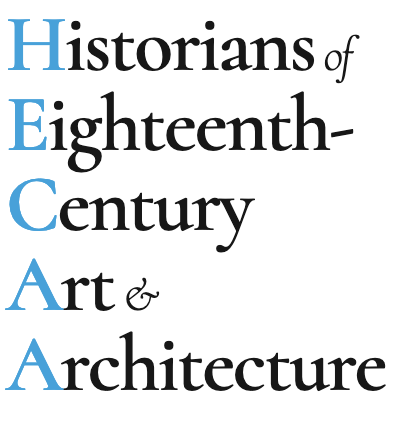

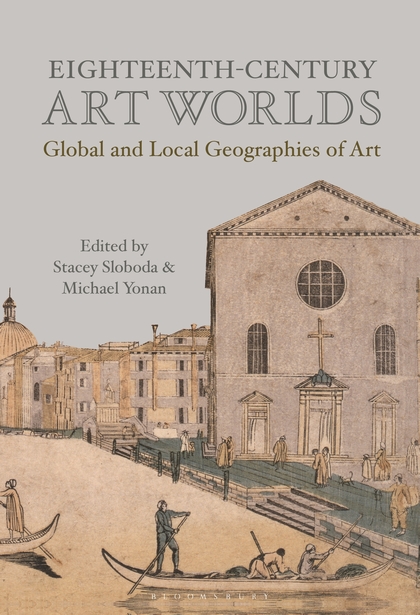

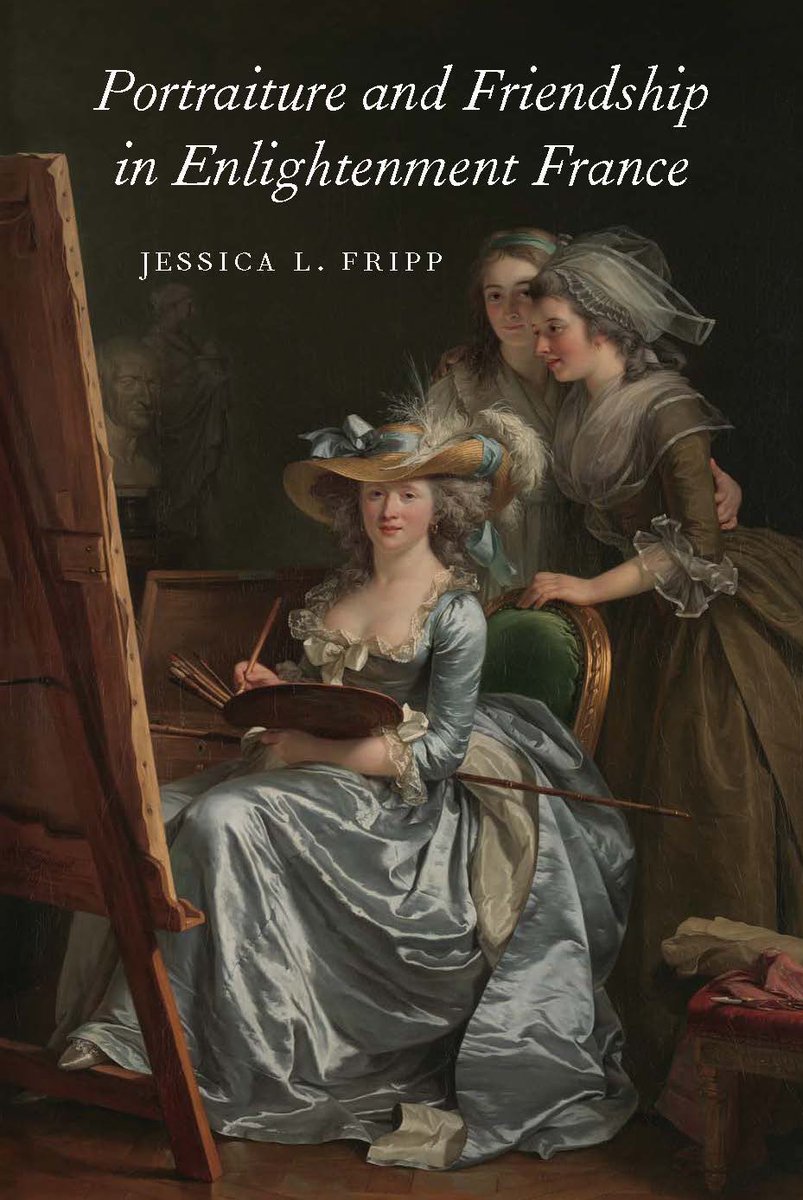















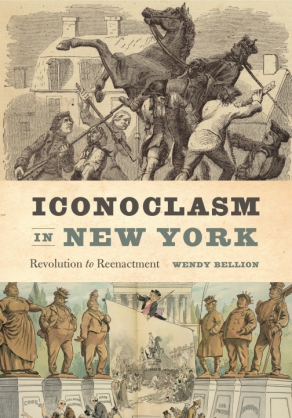



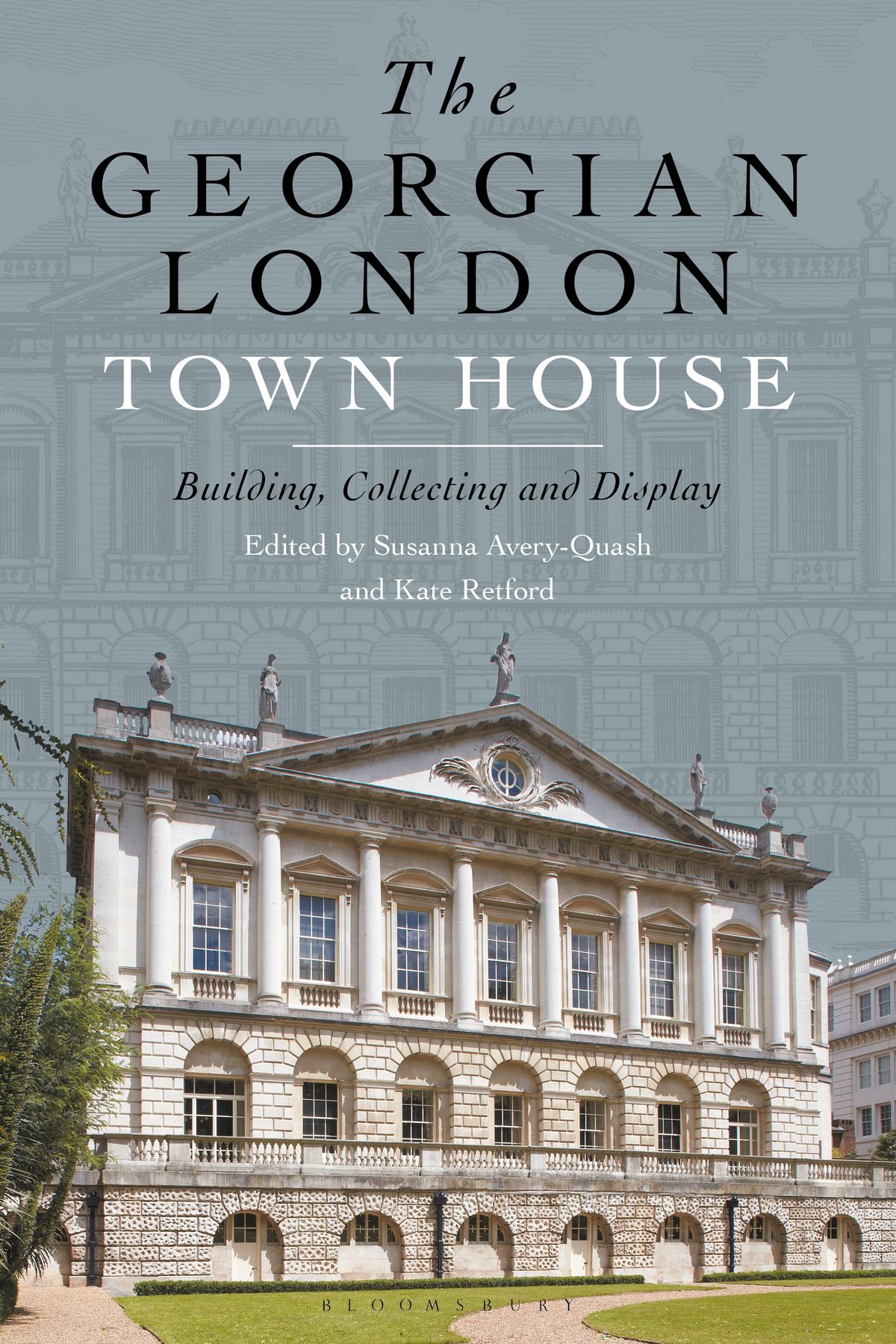


leave a comment